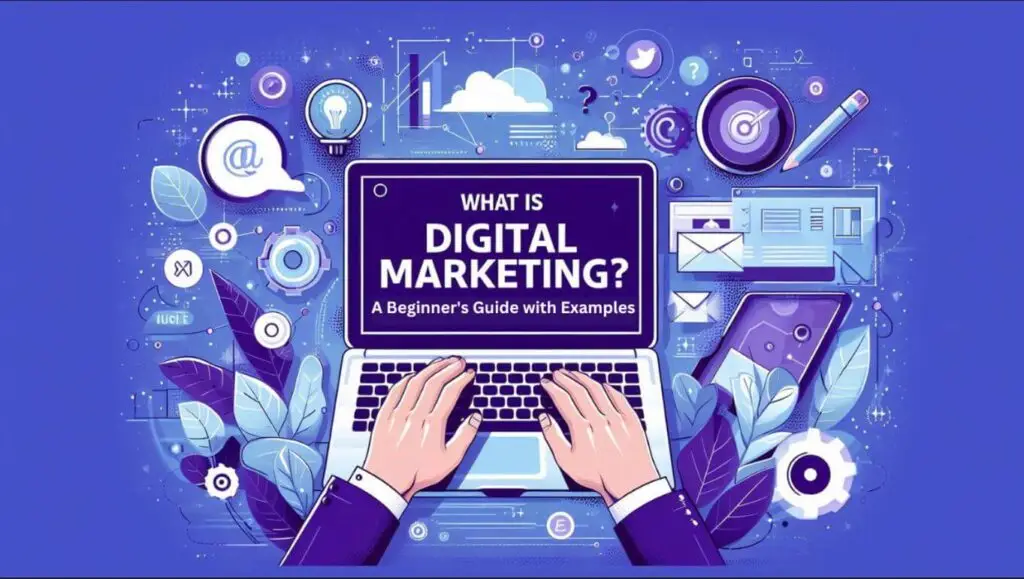Digital marketing is creating and disseminating high-quality messages to attract customers to a business through online platforms and technologies.
It covers the use of various strategies and tools, including search engines, social media, email, and websites, to connect with targeted consumers.
As of 2024, global internet users have grown to a staggering 5.16b, making digital marketing a crucial endeavor for businesses to reach more consumers.
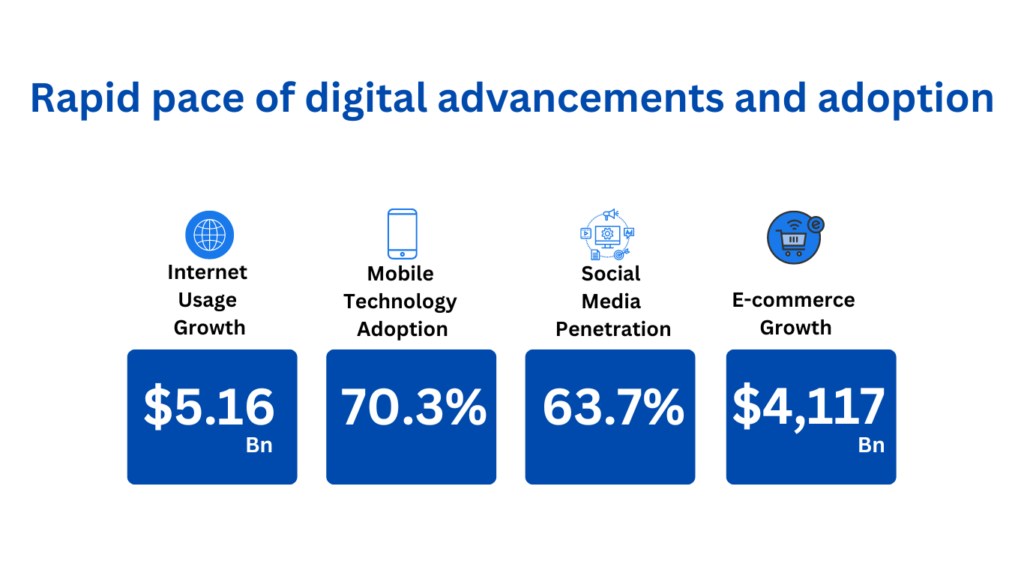
Some of digital marketing’s unique features are real-time customer engagement, personalized marketing efforts, and the ability to track and measure results accurately.
If you’re a beginner, a start-up, or a small business looking for a simple guide to navigate this exciting field, this post is for you. Keep reading!
What are the Key Components of Digital Marketing?
The key components of digital marketing are Search Engine Optimization (SEO), Pay-Per-Click Advertising (PPC), Content Marketing, Social Media Marketing, Email Marketing, and Analytics & Data Management.
These components are the core branches of digital marketing, and most marketing activities you will execute, either as a business or marketer, occur under them.
Sometimes, these components of digital marketing are regarded as the channels of digital marketing because various digital marketing strategies can be carried out for business growth.
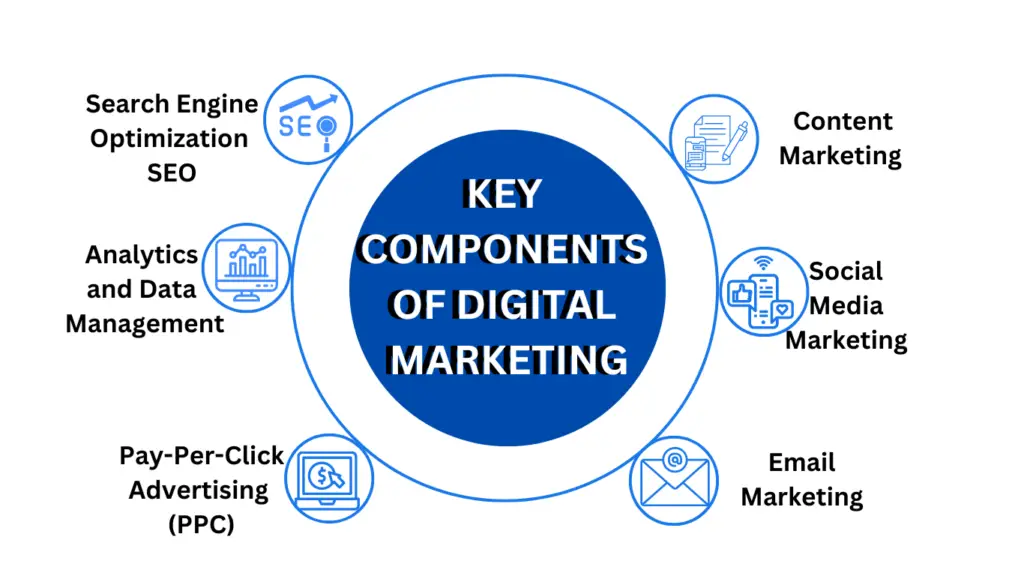
What are the Different Channels of Digital Marketing?
Digital marketing channels are the means a business uses to reach and engage its audience online. With these channels, a business owner or marketer can create a comprehensive marketing strategy that will attract, convert, and retain customers.
The key digital marketing channels are as follows:
1. Search Engine Optimization (SEO)
Search Engine Optimization (SEO) involves improving the quality of a website to rank higher on search engine results pages, with the aim of increasing website traffic without paid advertisement.
SEO is divided into On-page SEO, Off-page SEO, and Local SEO.
- On-page SEO refers to the optimization of individual web pages, including quality and well-optimized content, page titles and meta descriptions, internal and external links, and meta tags.
- Off-page SEO involves building backlinks from other websites to increase your site’s authority and visibility through link building and other forms of content marketing, such as guest posting and brand mentions.
Local SEO refers to optimizing a brand’s online presence to attract customers from relevant local searches.
2. Pay-Per-Click (PPC) Advertising
Pay-per-click advertising is a digital marketing channel where a business pays a fee each time their ad is clicked. Various types of PPC advertising exist that target search engines and social media, including Google Ads, Social media advertising, and display advertising.
- Google Ads are paid advertisements that appear on Google search results and across the Google Display Network. They can be images, videos, or interactive content.
- Social media advertising is ads placed on social media platforms like Facebook, Instagram, X, and LinkedIn.
3. Content Marketing
Content marketing is creating and sharing quality and valuable content to attract and engage consumers.
As a business or marketer, you can create the following content to boost your online visibility: blog posts, articles, eBooks, videos, and infographics.
4. Social Media Marketing
Social media marketing involves using social media platforms to promote a brand and connect with the audience. Several social media platforms are out there, each with unique features. Here’s how you can utilize each of them:
As a business, you can use Facebook for both organic content and paid advertising. Twitter is ideal for short updates and engaging with followers in real-time.
Instagram will help you utilize high-quality visual content like images and videos to boost your online presence. LinkedIn, on the other hand, is great for professional engagement, B2B marketing, and industry-specific content.
TikTok gives you room to go viral with short, creative videos. WhatsApp Business is ideal for directly engaging customers and sharing updates, promotions, and deals.
5. Email Marketing
Email marketing is the process of promoting a brand by sending emails to a list of subscribers. You can share various types of content in your email marketing, including newsletters, promotions, and automated emails.
Email Newsletters are curated content and news updates regularly sent to subscribers to promote sales and drive traffic to your website. Promotional emails can also help promote your business’s special offers or products.
Automated emails are designed to be triggered by specific customer actions, such as new visits and cart abandonment. They can welcome customers or remind them about abandoned carts.
How Does Digital Marketing Work?
Digital marketing guides potential customers through a series of interactions with a business, from initial awareness to making a purchase and beyond.
This is called the customer journey, and each step should be guided by engaging digital marketing strategies that nurture and convert leads into loyal customers.
In other words, the customer journey represents their interactions with your brand, from awareness to purchasing and beyond. It typically includes stages like awareness, consideration, decision, and post-purchase.
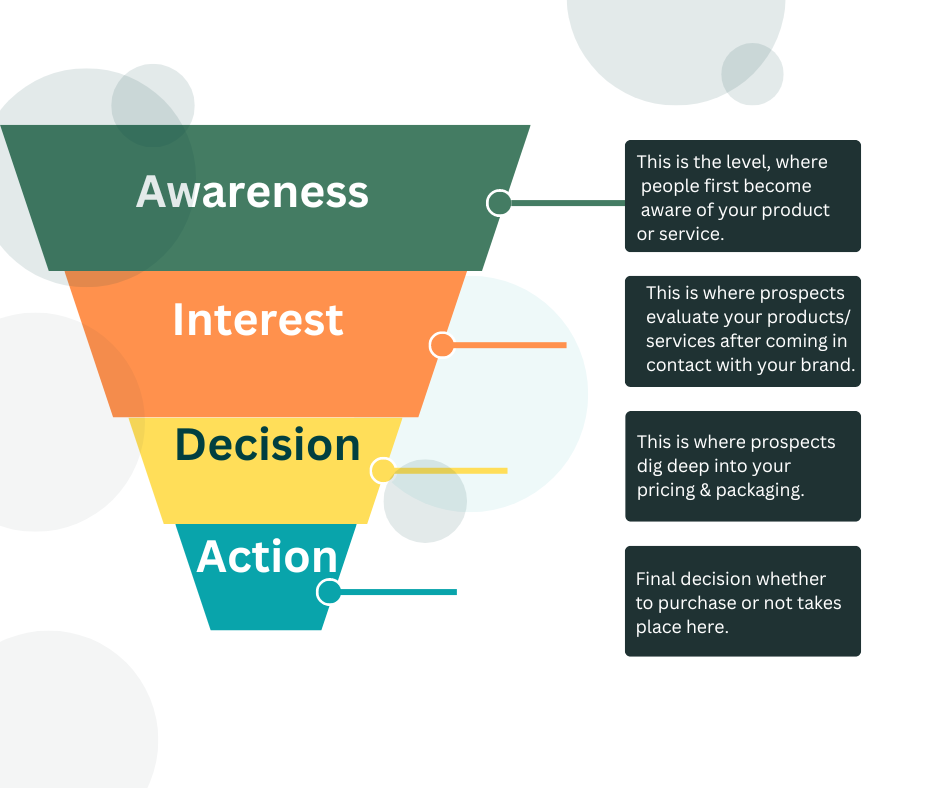
Awareness
This is the stage where potential customers first encounter your brand. At this stage, they might ask questions such as ‘why,’ ‘how,’ and ‘what’.
For example, if you are a winter jacket seller, potential customers might ask questions such as “How to choose the right winter jacket,” “Types of winter jackets,” or “Winter clothing essentials.”
You can introduce your brand to these potential customers using digital marketing strategies, such as SEO, social media marketing, and content marketing.
Interest
The interest stage, also known as consideration, is where you nurture leads through targeted ads, email marketing, and in-depth content that addresses specific needs and pain points.
This is where you provide them with the information that will make them consider your product or service a viable solution to their problem.
For example, if your potential customers are searching for “best winter jackets in 2024,” you might want to provide content like comparison guides, product reviews, or expert recommendations highlighting the features, benefits, and values of your winter jackets.
Other query examples in our winter jacket analogy include “Best winter jackets for extreme cold,” “Which type of jacket is best for winter?” and “Best waterproof winter jackets.” The above queries indicate that the potential buyer is at the consideration stage.
Decision
The decision stage is the stage in the marketing funnel where the potential customer decides to purchase a product based on previous research and consideration.
But how do you know a potential customer has reached the decision stage? One telltale sign is when they clearly intend to purchase and focus on specific products or offers.
For example, the customer can search for “best price for luxury winter jacket,” “Best price for winter jackets women’s,” or “Winter jacket price in Arizona.”
You can also look for comparison queries where you have “Brand A vs Brand B winter jacket” and “ Is A waterproof winter jacket worth it?”
Also, take note of price and availability. Check searches where “discount” and “where to buy” appear. Another way to know that a potential customer has reached the decision stage is by interacting with offers such as signing up for a discount, adding items to their cart, or returning to the product page multiple times.
Lastly, you can also determine their status when they search for customer reviews, indicating they seek final assurance before purchasing.
Now, the next question is – what digital marketing actions should you take at this decision point?
Here, strategies like retargeting ads, testimonials, and special offers should be readily available to encourage customers to make a purchase.
Action
This is when the customer finally makes the purchase. This process should be seamless and easy for them. After a successful purchase transaction, there are the post-purchase activities.
Post-Purchase
Digital marketing does not end after sales; your business needs to continue engaging customers with follow-up emails, loyalty programs, and personalized recommendations to build long-term relationships.
Data and Analytics
Data and analytics are important in digital marketing for understanding customer behavior, measuring campaign effectiveness, and optimizing strategies.
Real-World Examples of How to Execute a Successful Digital Marketing Campaign
Example one: Using SEO
Let’s say you run a small, locally owned computer repair shop that needs to attract new customers and increase sales.
Question: What digital marketing actions can you take?
Answer: You may want to explore SEO to improve your website’s visibility on the search engine results page (SERPs).
In line with this, you need to conduct keyword research to identify relevant terms like “best computer repair shop in (your city),” “local computer repair shops,” and “computer repair shop near me.”
Next, optimize your website’s content with SEO content writing, meta descriptions, and images to target these keywords. You can also build backlinks from high-quality websites to improve your site’s authority.
By partnering with a reputable computer software company, you can do this through guest blogging and brand mention. At the end of the day, these actions should help increase your website traffic and boost in-foot traffic.
Example two: Using Social Media Marketing
In this example, we consider you a sustainable fashion brand that wants to connect with environmentally conscious consumers and build a loyal following.
Question: How can you achieve the above goal using social media?
We’ll adopt a social media management strategy and the first step is to choose a suitable social media platform. We’ll go for Instagram and TikTok.
Why those two? Instagram and TitTok platforms allow brands to boost their online presence using high-quality media elements like images and videos.
Now, you should share the behind-the-scenes footage of your production process and highlight your sustainability practices.
You can also collaborate with influencers who align with your values. In addition, you can also run contests and giveaways to encourage user-generated content and build a sense of community.
If properly done, your loyal customers can become advocates for your brand, sharing their experience and recommending you to friends and family.
The result you should look forward to includes growth in social media following, increased website traffic, and increased sales.
Example Three: Using Email Marketing
In this example, we assume you run an online course platform and want to increase enrollments and generate more leads.
Question: How can email marketing help you?
You can begin by building an email marketing list by offering potential customers free resources and valuable content. To send targeted messages, ensure you segment your email list based on interests and demographics.
You can also use automation to send personalized email messages to nurture leads and encourage them to enroll in courses. With this campaign, you should be able to generate a significant number of leads and increase course enrollments.
What are Digital Marketing In-demand Skills and Tools?

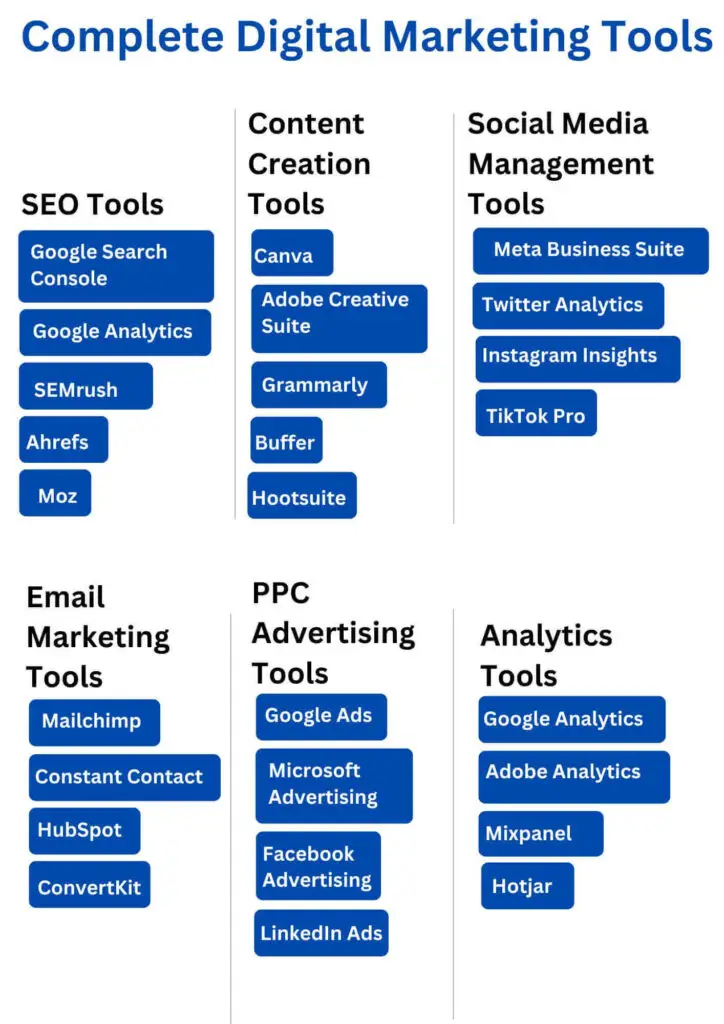
Summary
Digital marketing works—it’s proven and tested. In today’s technology and data-driven world, staying connected with customers has become even more crucial.
Embracing the potential of digital marketing is one sure way to embrace your business’s growth. At Score Mark, we offer various digital marketing services for small businesses and startups. We are always here to help.
We at Score Mark continuously publish articles on different aspects of digital marketing in our blog. Do check it out for more insights.

